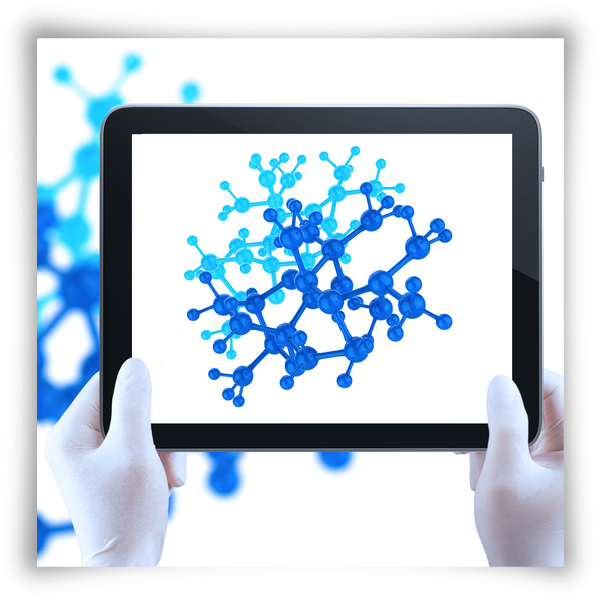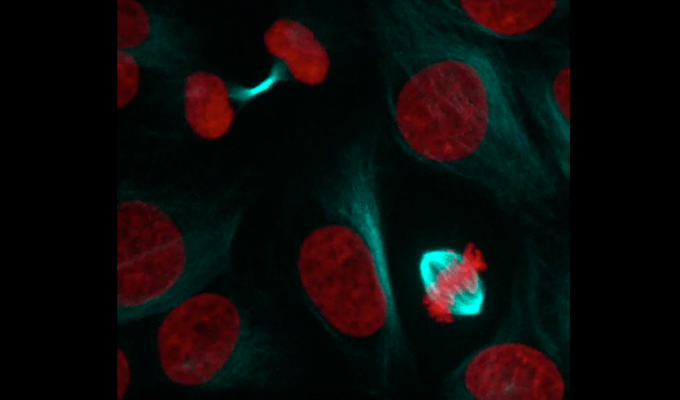Cell culture models using 2D substrates have provided important conceptual advances in understanding the biology of cells. However, cells grown on flat 2D surfaces can differ substantially from physiological environments. Animal models provide a useful tool to study biology in a physiologically relevant environment. However, animals models are expensive, time-consuming, use a significant amount of test material, and do not always provide a useful extrapolation to humans. In vitro 3D cell culture models bridge the gap between the two, allowing the study of human cells in a physiologically-relevant environment with the convenience and speed of an in vitro model.
The choice of a 3D culture system depends on a number of factors. In Figure 1, we highlight the different factors that any researcher working on a 3D model needs to consider.

Categories of 3D systems

Three-D culture systems can be divided into three general categories (Table 1).
- Scaffold-based methods, such as Alvetex polystyrene scaffolds or electrospun fibers, provide a pre-formed support in which the aggregates form. Scaffold-based methods provide a high degree of reproducibility from experiment to experiment, and provide the physical stability necessary for routine low- and high-throughput assays. However, visualization of the cell aggregates, or complete recovery of viable cells, can be complicated.
- Cell aggregate-based methods, such as hanging drops, ultra-low attachment plates, and magnetic biolevitation rely on physical forces to bring the cells together, and cell-cell adhesions to form the aggregate. Aggregate-based methods lack artificial supports, which minimizes matrix effects and enables complete visualization of the aggregate. However, aggregate-based methods also render the aggregates sensitive to movement of the culture dish, making automation a challenge.
- Hydrogel-based methods, such as HyStem, Matrigel, or Atelocollagen overlays, allow cell aggregates to grow surrounded by extracellular matrix (ECM). Hydrogel methods provide an ECM support to the cells for stability, but visualization of the cells and recovery of the cells or protein for analysis at the end of the experiment can be difficult.
NB: we have only considered static methods for 3D in this comparison. Other technologies, like SciFlow1000 or VenaFlux, also allow for 3D applications under dynamic flux.
Comparison of 3D Cell Culture Techniques
This video highlights the different approaches to 3D cell culture.
[vimeo 47974657 w=640 h=360]
Reinnervate Video from Reinnervate on Vimeo.
We’ve selected several methods…
Scaffold method: Alvetex® Scaffolds
 Alvetex® Scaffolds provide an excellent example of scaffold-based culture material. These scaffolds are formed from highly porous, defined pore size polystyrene. Cell aggregates form inside these 36-40 µm pores, leading to high well-to-well and experiment-to-experiment reproducibility. Transition of 2D assays to 3D culture using Alvetex is simplified because this system uses the same inert polystyrene used in traditional 2D cultureware. In addition, Alvetex is stable for extended culture because the polystyrene does not degrade and release cytokines or proteins into the medium. This allows quantitative recovery of protein and RNA from the culture without contamination by matrix materials. The rigid, easily handled supports can be removed from the larger sizes of Alvetex supports, and the support discs can be fixed, sectioned, and stained using traditional immunohistochemistry (IHC) methods to give a true transverse picture of the 3D culture.
Alvetex® Scaffolds provide an excellent example of scaffold-based culture material. These scaffolds are formed from highly porous, defined pore size polystyrene. Cell aggregates form inside these 36-40 µm pores, leading to high well-to-well and experiment-to-experiment reproducibility. Transition of 2D assays to 3D culture using Alvetex is simplified because this system uses the same inert polystyrene used in traditional 2D cultureware. In addition, Alvetex is stable for extended culture because the polystyrene does not degrade and release cytokines or proteins into the medium. This allows quantitative recovery of protein and RNA from the culture without contamination by matrix materials. The rigid, easily handled supports can be removed from the larger sizes of Alvetex supports, and the support discs can be fixed, sectioned, and stained using traditional immunohistochemistry (IHC) methods to give a true transverse picture of the 3D culture.
Selection of recent blogs on Alvetex
Case study: 3D Cancer Cell Cytotoxicity in vitro Assessment
Formation of Mesenchymal Tissues in Alvetex® Scaffold
Imaging techniques compatible with Alvetex 3D culture
Hydrogel-based method: HyStem
 HyStem technology is based on the reaction between thiol-modified biopolymers and a thiol-reactive crosslinker to produce a compliant, elastic matrix (a hydrogel). HyStem Hydrogels gel in situ without requiring changes in temperature or pH, and can be used as both a cell culture scaffold and a cell delivery vehicle. The HyStem hydrogel matrices are based on hyaluronic acid (HA), a glycosaminoglycan with excellent water retention capabilities. In addition to being fully-defined and consisting of components that mimic a native ECM, a further advantage of HyStem hydrogels over other matrices, is that they are easily customizable. Please browse our HyStem selection table.
HyStem technology is based on the reaction between thiol-modified biopolymers and a thiol-reactive crosslinker to produce a compliant, elastic matrix (a hydrogel). HyStem Hydrogels gel in situ without requiring changes in temperature or pH, and can be used as both a cell culture scaffold and a cell delivery vehicle. The HyStem hydrogel matrices are based on hyaluronic acid (HA), a glycosaminoglycan with excellent water retention capabilities. In addition to being fully-defined and consisting of components that mimic a native ECM, a further advantage of HyStem hydrogels over other matrices, is that they are easily customizable. Please browse our HyStem selection table.
Selection of recent blogs on HyStem
Essential for cell bio-printing: fully control your hydrogel
Tips for Optimizing Cell Culture Conditions with Hydrogels
Cellular Matrices for Translational Research
Micropatterning of 3D Microenvironments for Living Biosensor Applications
 Cell aggregate-based methods: BiO Assay System
Cell aggregate-based methods: BiO Assay System
In the BiO Assay System, based on magnetic 3D bioprinting, cells magnetized with NanoShuttle (NS) are printed into spheroids and rings. Immediately after printing, these structures will shrink/close, as a function of cell migration, viability, and proliferation, and varies with dosage. Shrinkage is captured using a compact imaging kit (n3Dock) with an iPod™ programmed by a freely available app (Experiment Assistant) to image whole plates at specific intervals, forgoing the need to image well-by-well under a microscope. Shrinkage is complete within a day, and images are batch processed to rapidly yield toxicity data. Moreover, as shrinkage is label-free, the remaining rings or spheroids are available for further experimentation (IHC, Western blot, genomics, etc.).
As mentioned earlier, I haven’t included 3D models under flow in this post. If you’re interested in learning more about these technologies, just get in touch with me through the form below.

Interested in learning more about tools like this?
Subscribe to thematic newsletters on your favourite research topics.



